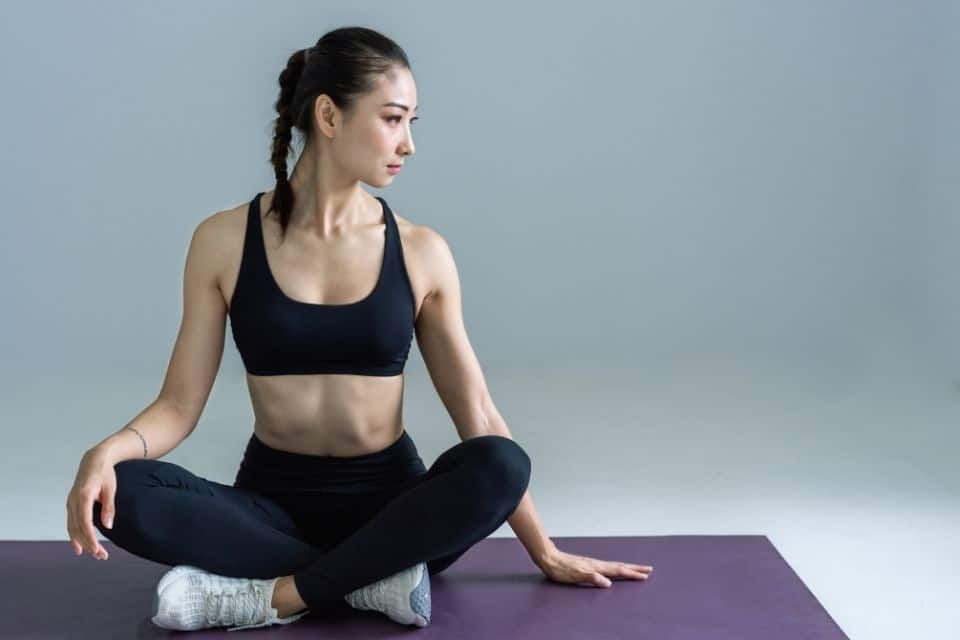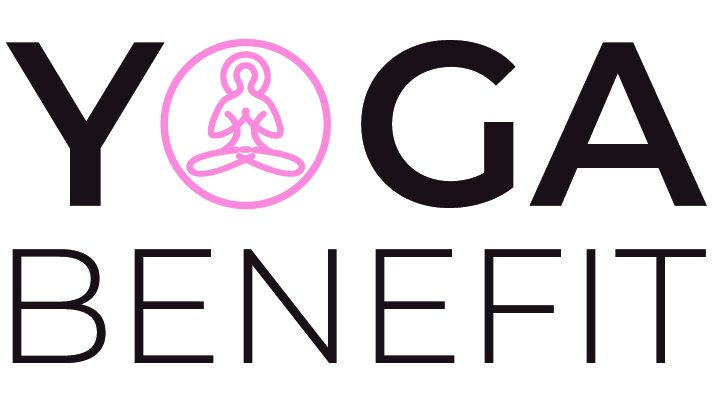Consistent yoga practice can bring many physical and mental benefits to the body. Many people don’t think of yoga as something that can be done after a workout. Some of the well-known benefits of yoga can be useful after a cardio or strength training session. Here are three reasons to suggest that your clients include yoga in their post-workout routine. We also have a few suggestions for yoga poses.

Three Benefits of Yoga after a Workout
Yoga is a great way to meet people right where they are. It is not about becoming better than others or getting into the perfect pose. It’s about concentration, breathing, alignment, and making the most of what you have. Yoga is a practice that can be done in many different ways. However, each person will experience different benefits from yoga. These are some of the most popular yoga benefits. They will also give you an insight into why yoga may be a good addition to your clients’ post-workout regimens.
1. Reduce Stress
Yoga is a great way to reduce stress. The body can feel the effects of stress. There are two types of stress: good stress (eustress), and bad stress. Good stress can be seen in a strength training session. The body responds to stress by changing and growing. Bad stress can occur when the body is in a stressed state that lasts too long. This could be due to inability or daily stress to recover from exercise, or from being unable to perform at work. Extended stress can cause many body functions to be negatively affected. Regular yoga practice can reduce stress and increase serotonin levels. It also promotes calmness. With consistent practice, yoga can transform the mind and body. Exercise can provide extra endorphins and a calmer mind, which in turn can help with stress management.
2. Cool down the body
A good active cool-down is post-workout yoga. Experts believe that active cool-downs work better than passive cool downs, even though there isn’t enough research. Many experts are still unsure if active cool-downs contribute to physiological recovery. It is possible that a cool down can help reduce delayed onset muscle soreness (DOMS), prevent injuries, improve recovery, and other benefits. Although active cool downs are often perceived as beneficial, psychological benefits may be provided by the client’s perception. It is crucial to tailor the cool-down for each client. No matter what type of cool down, exercise raises your heart rate, activates your lungs, and challenges your muscles. Once the activity has ended, the body will naturally cool off. Yoga can help the body to cool down. Yoga can be used to help the body transition from the sympathetic nervous systems (fight or flight), to the parasympathetic nervous systems (relaxation). The body will return to balance when it shifts into the parasympathetic nervous systems. This means that the heart rate, blood pressure and breathing rate drop as the body switches back to the parasympathetic system.
3. Better Sleep
After physical activity, it is vital to get some rest. The body’s recovery process is aided by sleep. Yoga can improve sleep quality and the quality of your sleep, according to research. Regular yoga practice is often the key to sleep benefits. Your client may experience sleep improvements after just one session of yoga. Regular yoga practice can help improve your client’s sleep quality. Even if your client doesn’t regularly go to yoga classes, adding yoga postures at the end of every workout may be enough to support their sleep. ISSA, International Sports Sciences Association. Certified Personal Trainer. ISSA online. Yoga, The Benefits of Yoga after a Workout, Child Pose.
Post-Workout Postures
Many yoga poses offer more than static stretching. Here are some yoga poses that can help you get your client started.
1. Child’s Pose
This pose helps to stretch the back, spine and shoulders, as well as the quadriceps and hips. The mind can also be calmed by this pose.
How to do it: Client will start on their knees, then sit back until their glutes touch their bottoms. Your knees should be slightly wider than your hips. The client should keep their hips and butt straight. They will then move their hands forward, bringing their foreheads to the ground. With a focus on their breath, the client will remain in this position while opening their shoulders and back. To return to their starting position, clients can move their hands back.
2. Downward Facing Dog
One of the most popular yoga poses is the downward facing dog. It has been shown to relieve stress, insomnia, headaches and headaches (5).
How to do it: Client will start on their hands and knees, with the knees below the hips and the hands underneath the shoulders. Spread your fingers and press down on the yoga mat with your toes. Clients will raise their hips toward the ceiling and roll on their bottoms to the yoga mat. They will keep their head aligned with the spine. The client will place their hands on the floor and press their heels against the floor. They don’t have to touch the ground. Clients may feel a stretch in their hips, back, hips and shoulders. To get back to the original position, clients can lower their hips and reverse the movement.
3. Pigeon
This pose is not recommended for clients with tight hips. This can be used to allow for more stretching after a workout. Although the pigeon pose can be a great way to open your hips, it is also a good yoga position. However, alignment is key. Although this pose can be very intense, it allows clients to cool down and breathe while also allowing them to stretch.
How to do it: The client should start in a downward facing dog or plank position. They will raise one leg off of the ground and bring it towards their chest while keeping their hips square. When the knee is near the torso, they will lift one leg off the floor and bring it forward towards their chest. This will cause the hip to drop to the side. The foot and lower leg will then become perpendicular with the torso. The opposite leg should also be extended back, with the tops and toes pressing into a mat. Your hips should be straight and your torso should be up, pressing into the open hip. To return to the original position, the client can reverse the motion. You can also repeat the pigeon pose on the opposite side. Yoga can be used to strengthen your muscles. There are many benefits to yoga, no matter how or when you share it with clients. This is something you should definitely consider adding to your skill set.
